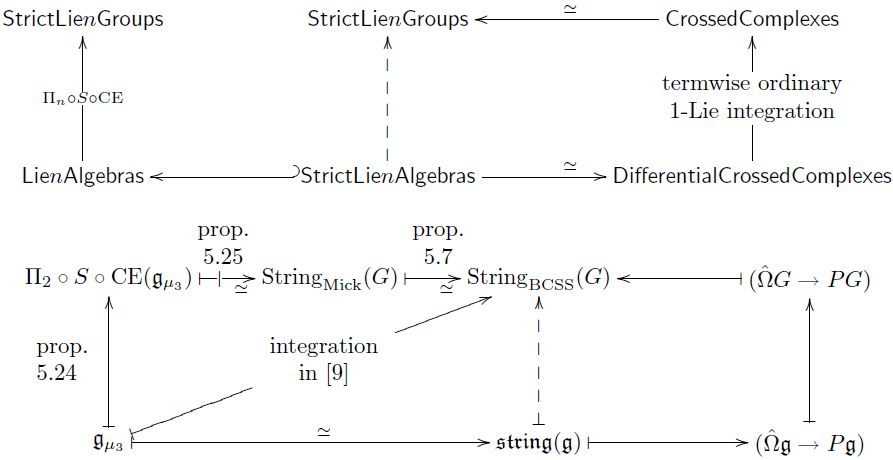nForum
Not signed in
Want to take part in these discussions? Sign in if you have an account, or apply for one below
Site Tag Cloud
Vanilla 1.1.10 is a product of Lussumo. More Information: Documentation, Community Support.
If you want to take part in these discussions either sign in now (if you have an account), apply for one now (if you don't).
-
- CommentRowNumber1.
- CommentAuthorUrs
- CommentTimeSep 6th 2010
- (edited Sep 6th 2010)
there is a bunch of things on my to-do list concerning write-up of stuff on the nLab in the big context of my “diff cohomology in an (oo,1)-topos”-writeup. I am lagging behind. I could use some more help!
Of course you all are busy with your own stuff. But maybe there is a tiny chance somebody reads this here, maybe somebody who has been lurking all along, somebody who would enjoy helping out. I could say: I offer 60 reputation points! More seriously, this might be a chance to dip your feet into the water and join in to some interesting research. Here is the deal:
I have a LaTeX writeup of a fairly long proof that establishes the weak equivalence of 3 different strict 2-group models of the string 2-group. It appears as the proof of prop. 5.25 on p. 94 of these notes here. The trouble (for me) is that this proof involves some diagrams that would require code-cogs for implementation on the nLab. I want these diagrams on the nLab!
I have the LaTeX source code, of course, so it’s not much work to make this run on the nLab! But a bit of work. A tad more work than I find leisure for right now.
Let me know if you are interested and I’ll send you the LaTeX source!
Best, Urs
-
- CommentRowNumber2.
- CommentAuthorEric
- CommentTimeSep 6th 2010
- (edited Sep 6th 2010)
A cheesy way to get figures on the nLab I’ve used before (e.g. cosmic cube) is to just capture a jpeg from a pdf. If you sent me a pdf, I could upload a figure or two to the nLab.
Edit: Strike the “send me”. I see the link now.
-
- CommentRowNumber3.
- CommentAuthorEric
- CommentTimeSep 6th 2010

Also at Sandbox (ericforgy)
-
- CommentRowNumber4.
- CommentAuthorUrs
- CommentTimeSep 6th 2010
Okay, I see. By the way, these rectangular diagrams can be done by arrays’s fairly well. What i am after are those globular diagrams that appear in the proof of that proposition 5.25!
1 to 4 of 4